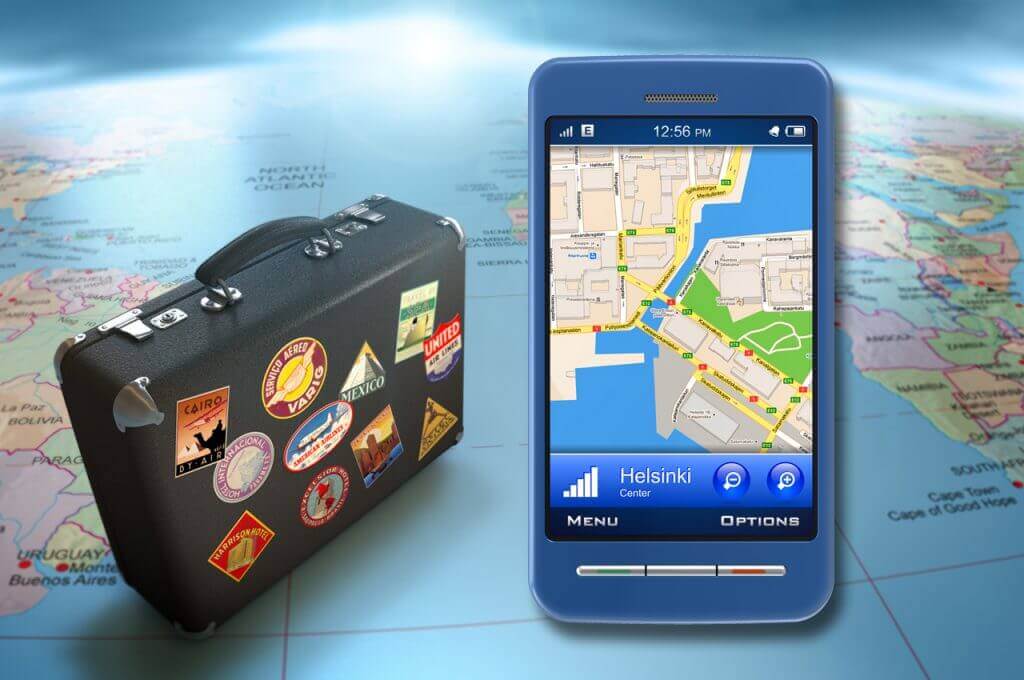
Airlines, hotels, tour operators and rail providers, among other segments of the travel industry, are focusing on having the right presence across multiple channels.
More importantly, they are looking at how they can deliver a consistent and seamless user experience across their websites and mobile apps so that travellers can view, search and book their trips seamlessly, even when those steps are performed on various devices.
Clearly a responsive designed, mobile optimized web site is the pre-requisite mechanism to achieve this consistency. Further, given the majority of search queries now originate via mobile, the likes of Google will penalize brands which do not have this in place.
Airlines own a vital component of the trip, making them especially well positioned to take charge of the traveller’s mobile experience.
Low cost carriers like Ryanair were amongst the first airlines to embrace apps which offer their customers the perfect environment for their self-servicing needs, covering tasks from built-in boarding passes, seat, luggage, priority, fast lane, food purchases and live flight updates.
We’re seeing a strong increase in the use of omni-channel marketing, whereby airlines and OTAs are recognizing shopping cart abandonment and then retargeting consumers where they spend the majority of the time during their day: on their mobile device.
But pre-trip management is just the tip of the iceberg. Some airlines are starting to experiment with mobile for the in-trip experience. On-board flight entertainment screens are being replaced with intraplane wi-fi and electrical charging so smartphones and tablets can entertain passengers in-flight.
Read rest of the article at Amadeus




